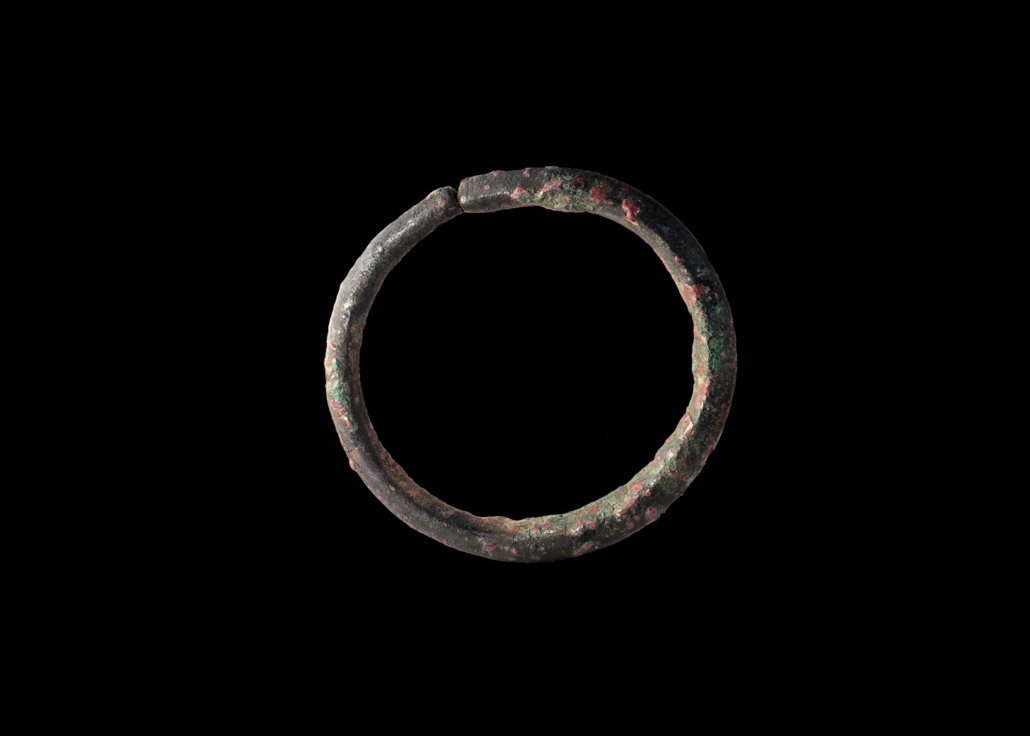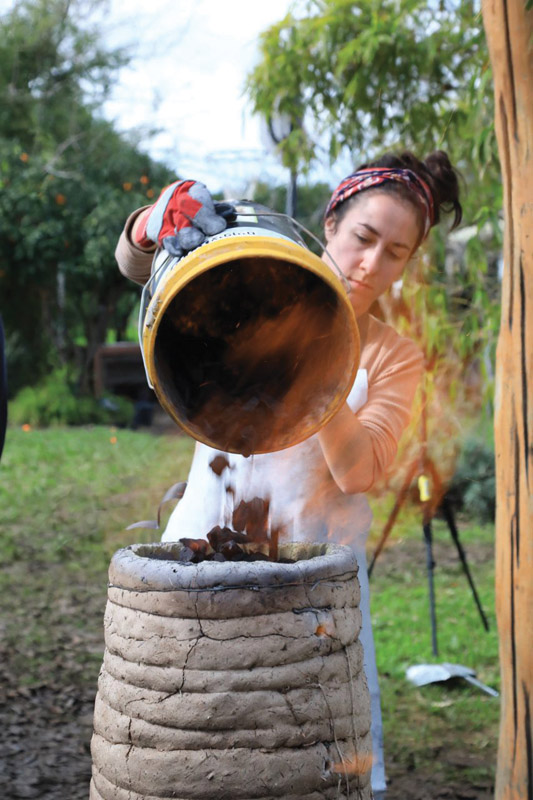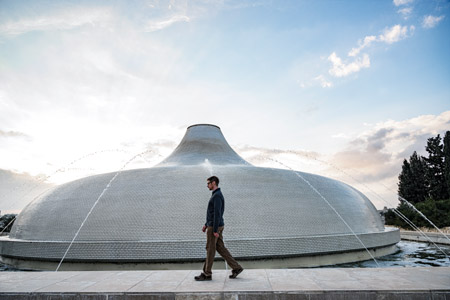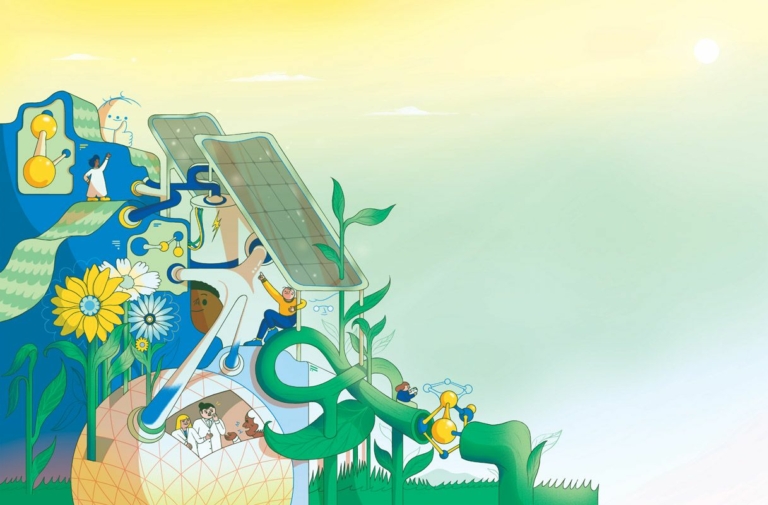Vanessa Workman is a PhD researcher in archeology at Bar-Ilan University who is working at one of Israel’s most important sites, Tell es-Safi/Gath. The project is led by esteemed archeologist Aren Maeir, who began the dig, located southwest of Jerusalem, 25 years ago. The team is unearthing artifacts from multiple eras, and of particular interest is the period around 1000 BCE. That is when, after centuries of working with bronze, tradespeople adopted iron, which quickly became one of the region’s most valuable resources. Workman, who is an Azrieli Graduate Studies Fellow, recounts the team’s revelations about this dynamic era of human history.
Four types of experimental furnaces built for smelting trials in 2019 to explore methods, conditions and clay types that could help explain refuse found in ancient metal workshops.
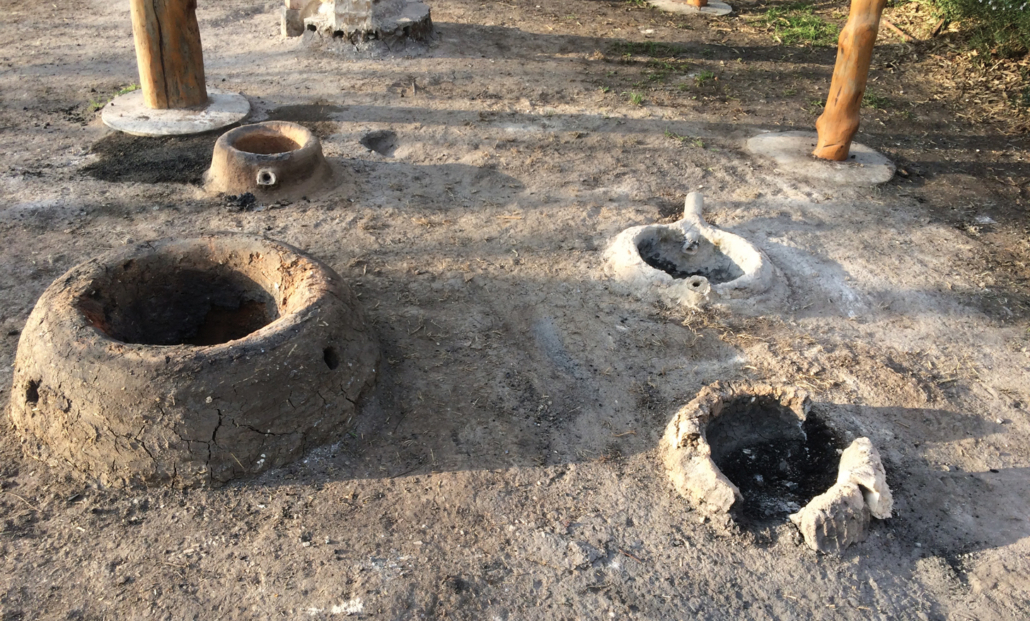
Iron slag from the archeological site Tell es-Safi, found in a bronze/iron workshop from the early Iron Age (10th/9th c. BCE) that was in use when the large city was occupied by the Philistines.

An archeometallurgist colleague uses medieval-style bellows to supply air to a small shaft furnace for iron smelting.
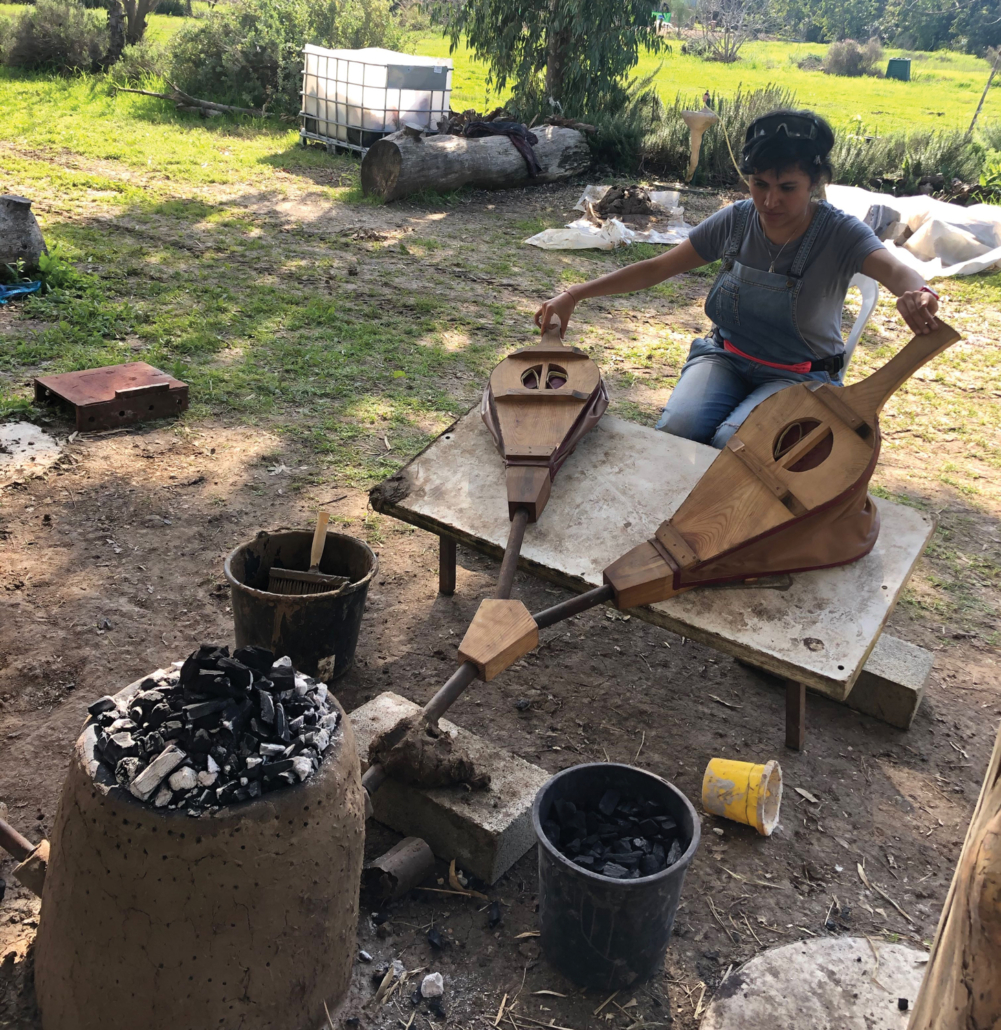
A bronze bracelet dating from the Iron Age, found in the vicinity of the metal workshop at Tell es-Safi/Gath.
